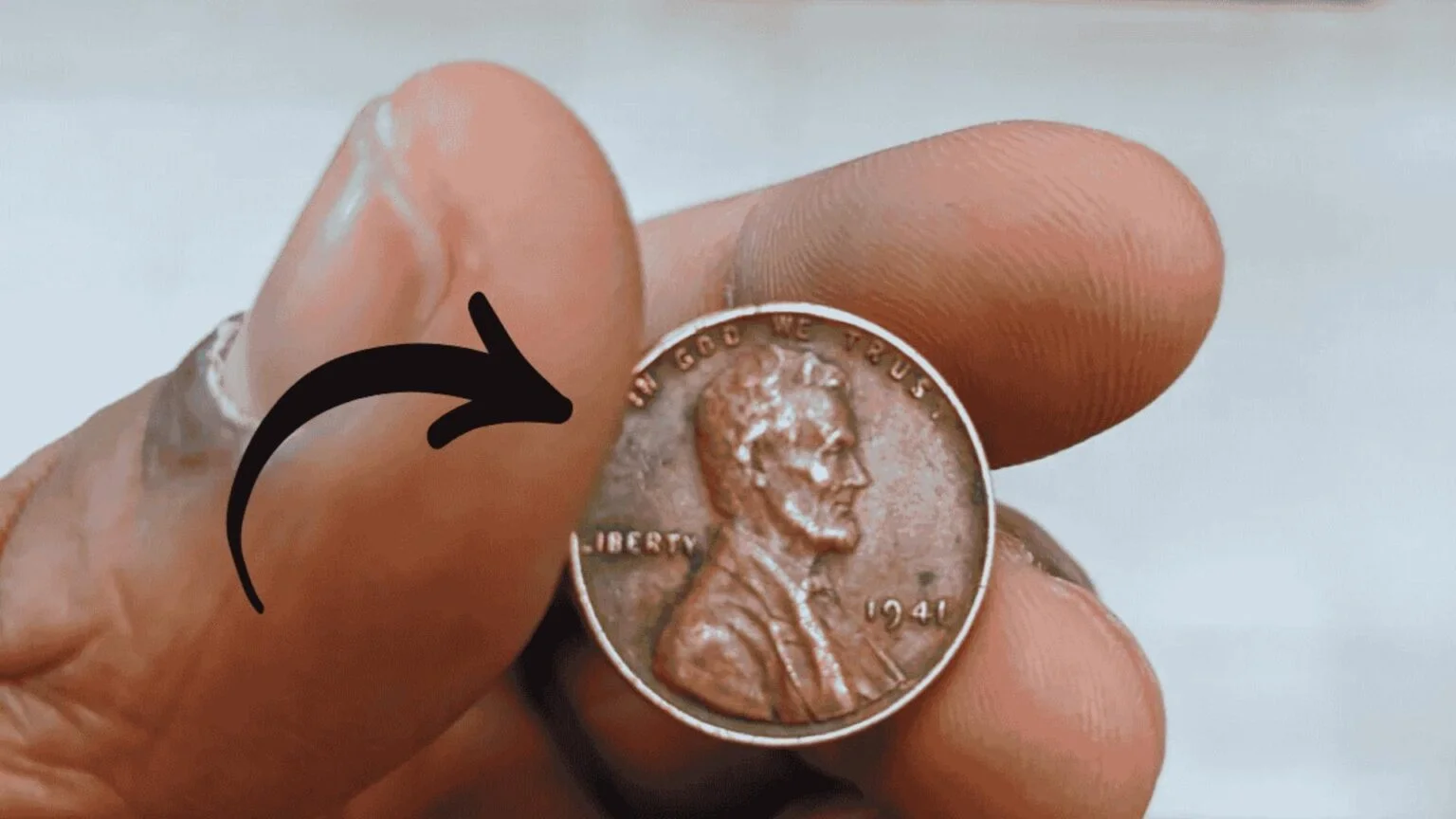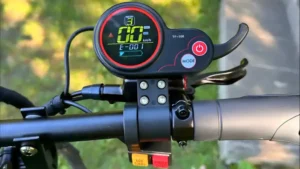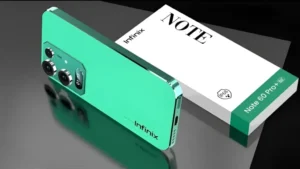What if the penny rattling in your pocket turned out to be worth millions? It may sound impossible, but one rare Lincoln Wheat Penny has already sold for an incredible $7.6 million. Even more exciting? Some experts believe a few could still be hiding in circulation today.
What Is the $7.6 Million Lincoln Wheat Penny?
The Lincoln Wheat Penny debuted in 1909, showing President Abraham Lincoln on the front and two wheat stalks on the back. While billions were minted between 1909 and 1958, only a handful carry special errors or unique variations that make them priceless.
The most famous example is the 1943 bronze Wheat Penny. During World War II, pennies were supposed to be made from zinc-coated steel to save copper for ammunition. But a few leftover copper planchets from 1942 accidentally made it into production. One of these ultra-rare coins later stunned collectors when it sold at auction for $7.6 million.
The Fascinating History Behind the 1943 Bronze Penny
- 1943: U.S. Mint switched penny production to steel due to copper shortages.
- Error: A small batch of copper planchets slipped into the presses.
- Rarity: Fewer than 20 authentic bronze 1943 pennies are known to exist.
- Value: Their scarcity and historical significance make them the “Holy Grail” of pennies.
Key Lincoln Wheat Penny Errors to Know
Here are some of the most valuable Wheat Penny variations and their estimated values:
| Year | Error/Type | Rarity Level | Estimated Value |
|---|---|---|---|
| 1909-S VDB | Limited mintage | Very Rare | $1,000 – $50,000 |
| 1943 Bronze | Wrong metal used | Extremely Rare | $1.7M – $7.6M |
| 1955 Double Die | Doubled lettering | Rare | $1,500 – $15,000 |
Why This Penny Is Worth Millions
The 1943 bronze penny combines three factors that drive coin values:
- Scarcity – Fewer than 20 exist.
- Historical Significance – Produced during WWII material shortages.
- Collector Demand – Numismatists worldwide are eager to own one.
Because of this, even a circulated example can sell for hundreds of thousands.
How to Check If You Have One
Think you might have a fortune sitting in your coin jar? Here’s how to identify a rare 1943 bronze penny:
- Check the Date: It must read 1943.
- Look at the Color: Bronze/copper appears reddish-brown, unlike gray steel.
- Use a Magnet Test: Steel sticks, but copper won’t.
- Inspect the Reverse: Wheat stalks should appear sharp and detailed.
Value of the 1943 Bronze Penny by Condition
| Condition | Approximate Value |
|---|---|
| Good (Circulated) | $250,000 – $500,000 |
| Very Fine | $1M – $2M |
| Mint Condition | $5M – $7.6M+ |
Jaw-Dropping Facts About Wheat Pennies
- Over 24 billion Wheat Pennies were minted from 1909–1958.
- Some error pennies are so rare that fewer than 10 exist worldwide.
- A coin worth just one cent to make can now sell for millions.
Expert Tips for Collectors and Treasure Hunters
- Never Clean Your Coins: Cleaning reduces their value drastically.
- Get Professional Grading: Use services like PCGS or NGC.
- Check Estate Sales & Coin Jars: Rare pennies often hide in unexpected places.
- Stay Updated on Auctions: Heritage Auctions and Stack’s Bowers regularly sell Wheat Pennies.
FAQs
Q: Could I still find a 1943 bronze penny in circulation?
A: Yes, though extremely rare, a few have surfaced in pocket change over the decades.
Q: Are all 1943 pennies valuable?
A: No. Most 1943 pennies are steel and worth only a few cents. The bronze version is the jackpot.
Q: How do I sell a rare penny?
A: Always have it authenticated and graded first. Then sell through major coin auctions or certified dealers.
Q: What’s the easiest way to test my 1943 penny?
A: Use a magnet. If it sticks, it’s steel; if not, you may have bronze.
Conclusion: Your Spare Change Could Be Worth Millions
The story of the $7.6 million Lincoln Wheat Penny proves that hidden treasures can still be found in the most ordinary places. That little coin at the bottom of your drawer might not just be spare change—it could be life-changing. Next time you check your pennies, look closely. You might just discover a piece of history worth millions.



